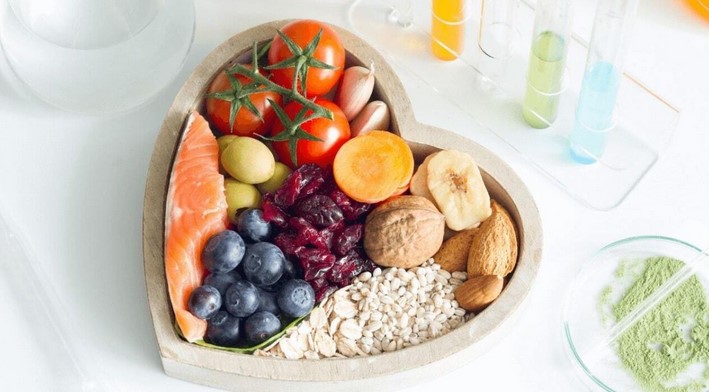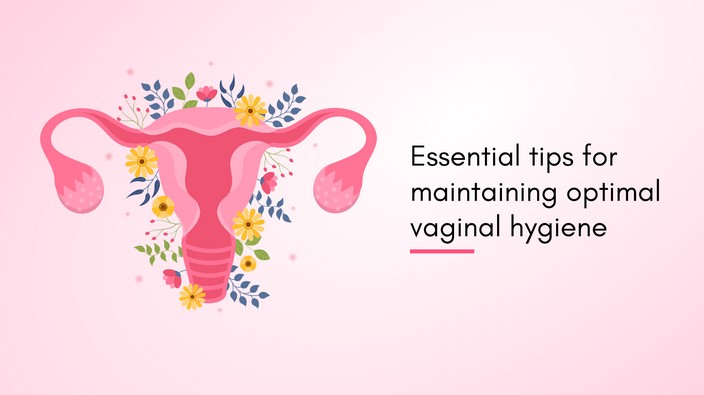
Pregnancy is a transformative time in a woman’s life, filled with exciting changes as your body supports the growth and development of your baby. One of the most important aspects of a healthy pregnancy is ensuring that you’re getting the right nutrition to support both your health and the health of your baby. A well-balanced diet during pregnancy can prevent complications, help you maintain a healthy weight, and provide your baby with the nutrients necessary for proper growth. In this pregnancy nutrition guide, we will discuss what to eat for a healthy pregnancy, including essential nutrients, foods to prioritize, and tips to make nutritious choices every day.
Essential Nutrients for a Healthy Pregnancy
A healthy pregnancy requires a variety of nutrients to support both maternal and fetal health. Ensuring you are getting the right balance of these nutrients will not only nourish your baby but also promote your own well-being throughout your pregnancy.
1. Folate (Folic Acid)
Folate, or folic acid in its synthetic form, is one of the most critical nutrients during pregnancy. It is essential for the early development of the baby’s brain and spinal cord. Adequate folate intake significantly reduces the risk of neural tube defects, which are birth defects affecting the brain and spine.
Pregnant women should aim for 600 to 800 micrograms of folate per day. Rich sources of folate include leafy green vegetables (such as spinach and kale), citrus fruits, legumes (like beans and lentils), and fortified cereals. In addition to food sources, prenatal vitamins often contain folic acid to ensure you’re getting the recommended amount.
2. Protein
Protein plays a key role in building and repairing tissues, making it especially important during pregnancy when the body is undergoing rapid growth and development. It is also a crucial building block for your baby’s organs, muscles, and tissues.
During pregnancy, women should aim for about 71 grams of protein per day, which can be obtained from sources like lean meats, poultry, fish, eggs, dairy products, beans, nuts, and tofu. Incorporating protein into each meal will help ensure that both you and your baby are receiving enough of this vital nutrient.
3. Iron
Iron is necessary to produce hemoglobin, a protein in red blood cells that carries oxygen to your tissues and your baby. During pregnancy, the amount of blood in your body increases, which increases your need for iron. Low iron levels can lead to anemia, a condition that can cause fatigue, weakness, and complications during childbirth.
Pregnant women should aim for about 27 milligrams of iron per day. Foods high in iron include lean red meat, poultry, seafood, beans, lentils, spinach, and fortified cereals. Consuming vitamin C-rich foods (such as oranges, strawberries, and bell peppers) along with iron-rich foods can enhance iron absorption.
4. Calcium
Calcium is vital for the development of your baby’s bones and teeth. If you don’t consume enough calcium during pregnancy, your baby will take calcium from your bones, potentially leading to bone health issues for you later on.
Pregnant women should aim for 1,000 milligrams of calcium per day. Good sources of calcium include dairy products (milk, yogurt, cheese), leafy greens (like bok choy and broccoli), fortified plant-based milk (such as almond or soy milk), and fortified cereals. If you’re unable to meet your calcium needs through food, your healthcare provider may recommend a supplement.
5. Omega-3 Fatty Acids
Omega-3 fatty acids are essential for brain and eye development in your baby. These healthy fats also help reduce inflammation and support your own health, particularly your heart and circulatory system.
Pregnant women should aim to get omega-3s through foods like fatty fish (salmon, mackerel, sardines), chia seeds, flaxseeds, walnuts, and fortified eggs. If you are concerned about mercury levels in fish, choose lower-mercury options such as wild-caught salmon, and consult with your doctor about fish consumption during pregnancy.
Foods to Prioritize During Pregnancy
While it’s important to focus on individual nutrients, choosing a variety of nutrient-dense foods during pregnancy will ensure that you meet all your nutritional needs. Below are some food groups to prioritize:
1. Fresh Fruits and Vegetables
Fruits and vegetables are rich in essential vitamins, minerals, and fiber. They support your immune system, improve digestion, and contribute to overall well-being. Aim to consume a wide variety of colors to ensure you’re getting a diverse range of nutrients. Dark leafy greens (like spinach and collard greens) are excellent sources of folate and calcium, while citrus fruits and berries provide a boost of vitamin C.
2. Whole Grains
Whole grains, such as oats, brown rice, quinoa, and whole-wheat bread, are rich in fiber and essential B vitamins. They help regulate blood sugar levels and support digestion. Opt for whole grains over refined grains, which are lower in nutrients and fiber.
3. Healthy Fats
Healthy fats, such as those found in avocados, olive oil, nuts, and seeds, support brain development for both you and your baby. These fats also help maintain healthy skin and hair during pregnancy and provide a long-lasting source of energy.
Tips for Healthy Pregnancy Nutrition
Maintaining a balanced and nutrient-rich diet during pregnancy can be challenging, especially with changes in appetite and food aversions. Here are some helpful tips to ensure you’re meeting your nutritional needs:
- Eat Small, Frequent Meals: Eating smaller meals throughout the day can help reduce nausea and heartburn, common pregnancy symptoms. This also ensures a steady supply of nutrients to both you and your baby.
- Hydrate Regularly: Drink plenty of water to stay hydrated and support the increased blood volume and amniotic fluid during pregnancy. Herbal teas, milk, and fresh fruit juices are also great options.
- Avoid Certain Foods: During pregnancy, there are certain foods you should avoid, such as unpasteurized cheeses, raw or undercooked meats, and fish with high mercury content. These foods may pose a risk to you and your baby’s health.
- Consider Prenatal Supplements: In addition to a balanced diet, your healthcare provider may recommend prenatal vitamins to ensure you’re getting enough folic acid, iron, calcium, and other essential nutrients.
A healthy pregnancy requires a thoughtful approach to nutrition, with a focus on nutrient-dense foods that support both maternal and fetal health. By following this pregnancy nutrition guide, you can ensure that you’re getting the right balance of essential nutrients like folate, protein, iron, calcium, and omega-3 fatty acids. Remember to prioritize fruits, vegetables, whole grains, and healthy fats, and consult with your healthcare provider about any specific dietary needs or concerns. Managing your pregnancy nutrition effectively is one of the most powerful steps you can take to support a healthy pregnancy and set the foundation for the well-being of your baby.












